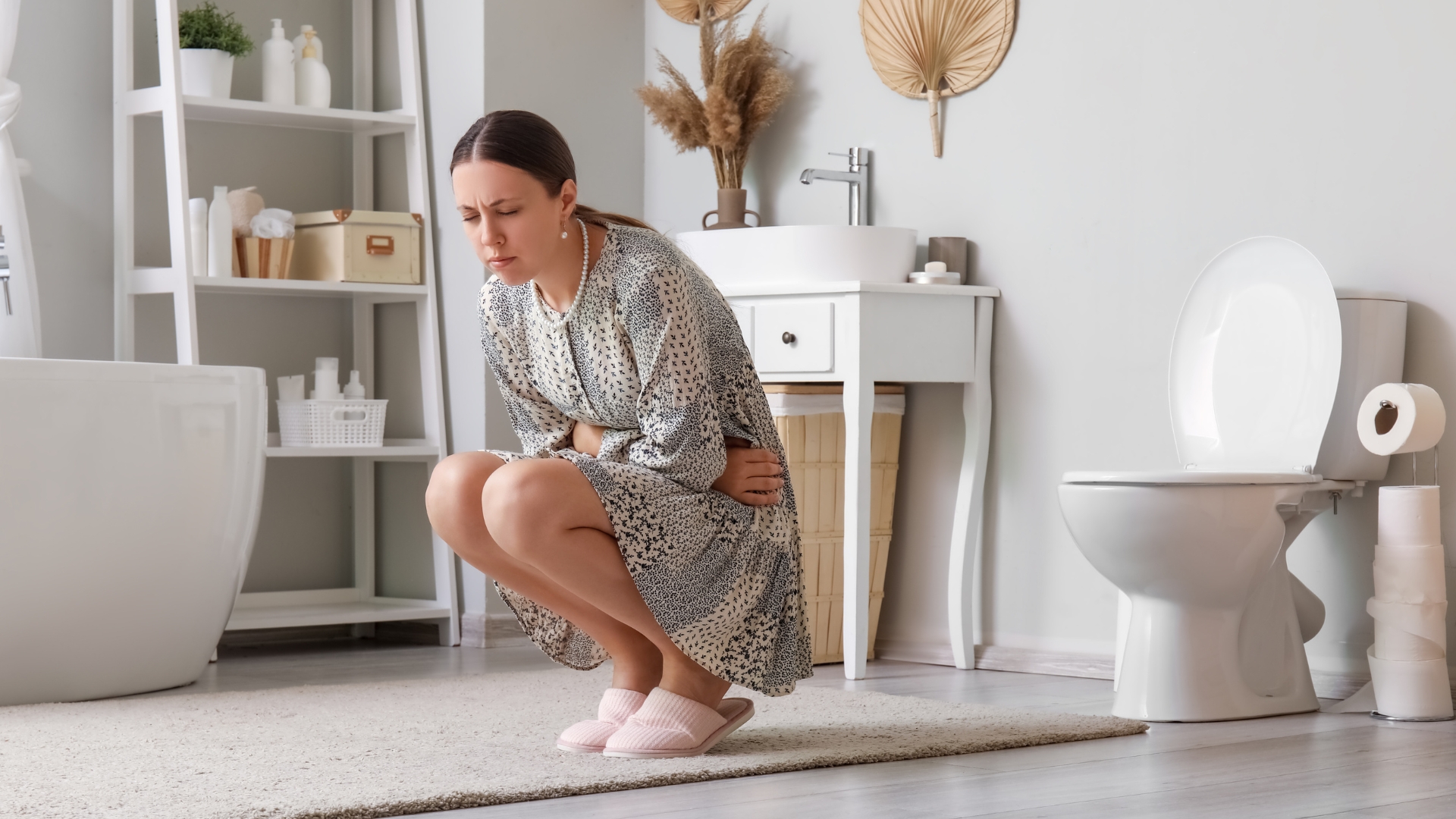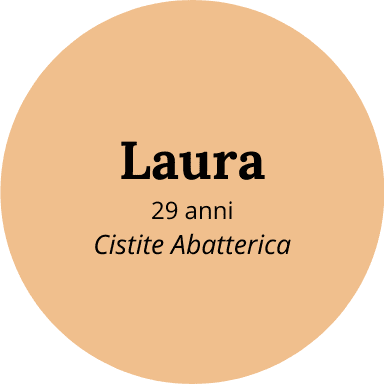Page not found – explore cystitis kits and resources

Oh no! It seems that the page you searched for does not exist
For some reason the page you were looking for does not exist. It could mean many things, maybe you opened a page that used to exist and now has been deleted, typed in the wrong address, or clicked on a link that doesn’t work very well.
You can report the error by contacting us here: info@dimann.com
Since you are here, surely you were looking for content on Cystitis, right? So, if you didn’t find what you were looking for try using the search bar below.
Our Cystitis Kits
Mmmm… Still haven’t found what you’re looking for?
Don’t worry, the Dimann girls have prepared a
Cystitis test to help you regain your well-being.
OUR CUSTOMERS
The stories of women like You
 soffre di cistite post-coitale" srcset="https://www.dimann.com/wp-content/uploads/2019/05/23.png 384w, https://www.dimann.com/wp-content/uploads/2019/05/23-120x120.png 120w, https://www.dimann.com/wp-content/uploads/2019/05/23-186x187.png 186w, https://www.dimann.com/wp-content/uploads/2019/05/23-300x300.png 300w, https://www.dimann.com/wp-content/uploads/2019/05/23-100x100.png 100w" sizes="(max-width: 384px) 100vw, 384px" />
soffre di cistite post-coitale" srcset="https://www.dimann.com/wp-content/uploads/2019/05/23.png 384w, https://www.dimann.com/wp-content/uploads/2019/05/23-120x120.png 120w, https://www.dimann.com/wp-content/uploads/2019/05/23-186x187.png 186w, https://www.dimann.com/wp-content/uploads/2019/05/23-300x300.png 300w, https://www.dimann.com/wp-content/uploads/2019/05/23-100x100.png 100w" sizes="(max-width: 384px) 100vw, 384px" /> Learn with Dimann

Cystitis left untreated: risks, complications, prevention
 curare la cistite nelle bambine? | Dimann" srcset="https://www.dimann.com/wp-content/uploads/2023/12/Immagini-Evidenza-Articoli-verticali.webp 1920w, https://www.dimann.com/wp-content/uploads/2023/12/Immagini-Evidenza-Articoli-verticali-1536x864.webp 1536w, https://www.dimann.com/wp-content/uploads/2023/12/Immagini-Evidenza-Articoli-verticali-120x68.webp 120w, https://www.dimann.com/wp-content/uploads/2023/12/Immagini-Evidenza-Articoli-verticali-186x105.webp 186w, https://www.dimann.com/wp-content/uploads/2023/12/Immagini-Evidenza-Articoli-verticali-690x388.webp 690w, https://www.dimann.com/wp-content/uploads/2023/12/Immagini-Evidenza-Articoli-verticali-420x236.webp 420w, https://www.dimann.com/wp-content/uploads/2023/12/Immagini-Evidenza-Articoli-verticali-700x394.webp 700w, https://www.dimann.com/wp-content/uploads/2023/12/Immagini-Evidenza-Articoli-verticali-720x405.webp 720w" sizes="(max-width: 1024px) 100vw, 1024px" />
curare la cistite nelle bambine? | Dimann" srcset="https://www.dimann.com/wp-content/uploads/2023/12/Immagini-Evidenza-Articoli-verticali.webp 1920w, https://www.dimann.com/wp-content/uploads/2023/12/Immagini-Evidenza-Articoli-verticali-1536x864.webp 1536w, https://www.dimann.com/wp-content/uploads/2023/12/Immagini-Evidenza-Articoli-verticali-120x68.webp 120w, https://www.dimann.com/wp-content/uploads/2023/12/Immagini-Evidenza-Articoli-verticali-186x105.webp 186w, https://www.dimann.com/wp-content/uploads/2023/12/Immagini-Evidenza-Articoli-verticali-690x388.webp 690w, https://www.dimann.com/wp-content/uploads/2023/12/Immagini-Evidenza-Articoli-verticali-420x236.webp 420w, https://www.dimann.com/wp-content/uploads/2023/12/Immagini-Evidenza-Articoli-verticali-700x394.webp 700w, https://www.dimann.com/wp-content/uploads/2023/12/Immagini-Evidenza-Articoli-verticali-720x405.webp 720w" sizes="(max-width: 1024px) 100vw, 1024px" />Cystitis in girls: symptoms, diagnosis and prevention

Cystitis diet: foods and drinks that irritate the bladder

Cystitis burning relief: causes, symptoms and remedies

Cystitis prevention: ingredients in Dimann Prevention Kit

Cystitis symptoms: when to worry and see a doctor

Cystitis recovery time: how long and tips with D-mannose

4 natural cystitis remedies for fast symptom relief

Milk enzymes and probiotics for cystitis: target E. coli




